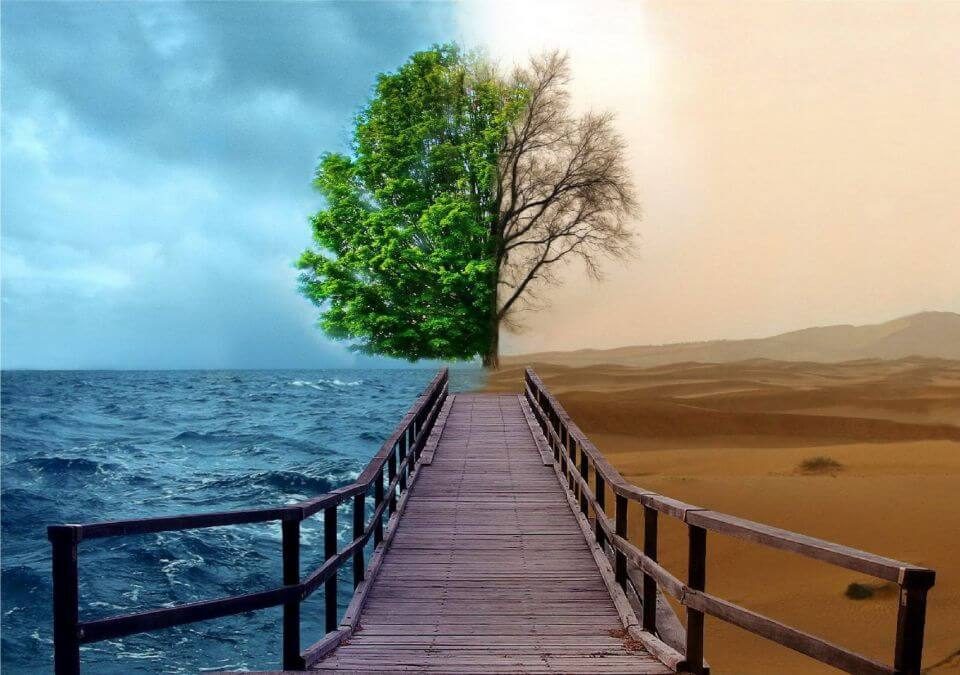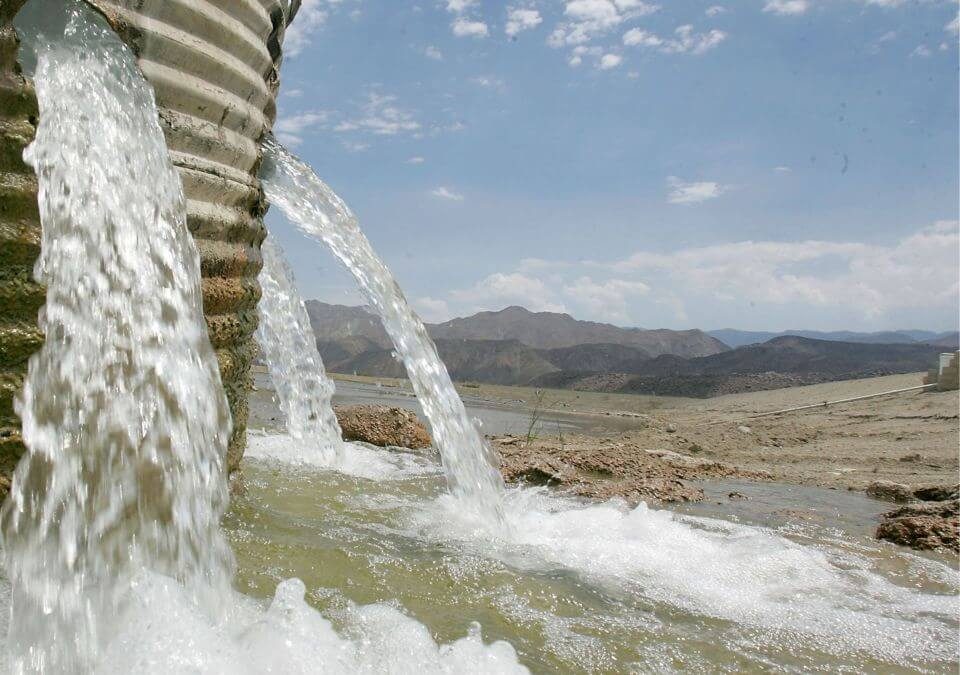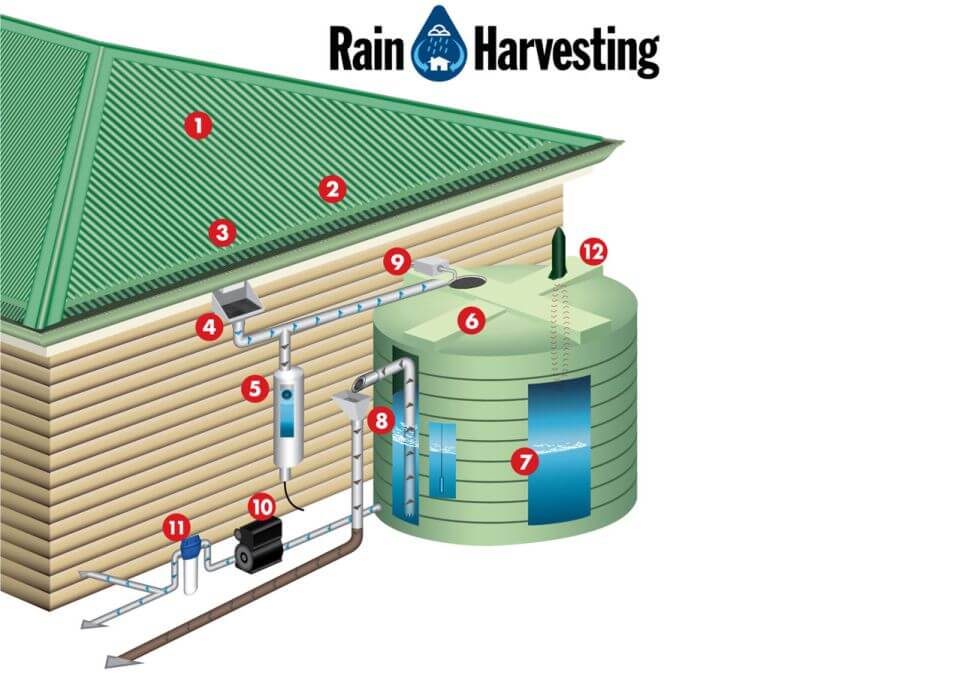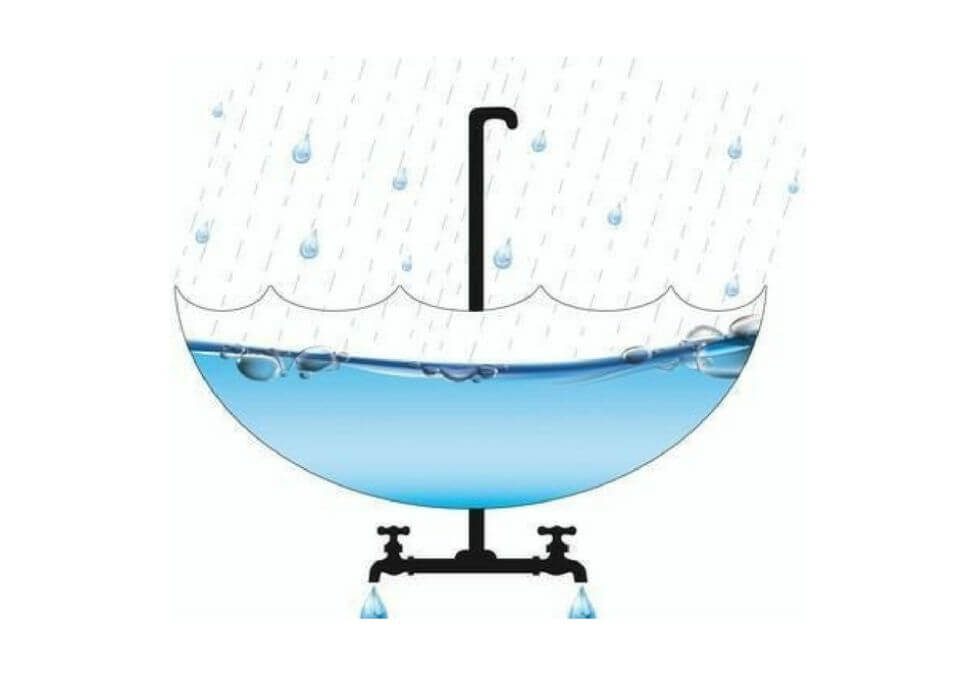
Ways of Rain water harvesting
December 21, 2018
Why recharge is required ?
December 21, 2018Rain Water Harvesting
The world’s most valuable natural resource is not gold or silver. While a handful of gold coins might make you feel rich, without an adequate supply of water, you would not be able to live. There are many parts of the world where water is scarce. One of the most promising, environmentally friendly ways to address the problem is by a process known as rain water harvesting.
Rain water harvesting is a relatively simple way to take advantage of Mother Nature’s gift of rain. When it rains and water hits the roof of a house or other structure, it can be directed to drain into a collection tank and then be available for a multitude of indoor and outdoor applications.
The system requires several basic components. You need a hard surface like a roof where water is not absorbed. Next you need a way to capture the rain such as the gutters on the roof. Once the rain water has been collected, it is then piped into a storage vessel. The water is usually filtered to some degree depending on how it is to be used and a pump delivers the stored water when and where needed.
How Much Water Can You Capture?
The amount of water you can capture is largely a reflection of the surface area of your roof and the amount of rainfall you receive. Also important is how effective the rain water harvesting system is at directing the water where it needs to go. Designers of such systems strive to capture at least 75% of the rain that hits the roof. Run-off and evaporation make it impractical to try to capture 100% of the rain. As an example, for every inch of rain that falls on a 2,000 square foot roof and assuming an 85% collection rate, you can recover 1,200 gallons of water.
How Much Water Do We Use?
According to the EPA, the average person consumes 25-50 gallons of water each day for indoor use. That equates to between 750-1,500 gallons per month. That figure includes potable water such as for drinking and cooking as well as water for bathing, doing laundry and flushing toilets. Outdoor water use for maintaining the lawn and garden, washing cars and so on represents slightly more than half of a family’s total water use. Given a 2,000 square foot roof and an average of 6 inches of rain each month, you would have 7,200 gallons of water at your disposal which is more than enough for a typical family of 4.
Is it Practical to Get Your Water from a Rain Water Harvesting System?
The cost of harvesting rain water is concentrated on the design and setup. You can spend anywhere from a few thousand dollars on up depending on the size of your system and its complexity. For most homeowners, a complete system can be installed and ready to go for less than $5,000. Once the system has been installed, you will only need to pay for the electricity to run the pump and a small amount to change the filter and perform routine maintenance. The savings you will realize by not having to pay a water bill every month will help you recoup your investment.
Helping the Environment is Another Benefit
Rain that falls from the sky is very clean. Once it hits the roof or other dirty surfaces, it picks up pollutants that are washed off the roof and eventually find their way into our waterways. With a rain water harvest system, the water is captured and filtered so it does not contaminate the rivers, streams and waterways that we hold so near and dear to our hearts. The low environmental impact will benefit us all in the years to come.
Uses Outside the Home
Not only can these systems provide water for homeowners, but they are also very practical for businesses, agricultural applications and industrial use. For instance, a golf course can use harvested rain water to keep its fairways green. Public swimming pools can be filled with treated rain water and all types of buildings from schools and hospitals to warehouses and high rises can use these systems as a primary or supplemental water source.
Looking Toward the Future
As populations increase and the demand for water rises, we must look for alternative methods to provide water. The potential is great, particularly in Third World and less-developed countries where the lack of clean water leads to disease and all types of problems. These systems can be effective on both a very small scale like an individual house or on a much more ambitious level like a community housing project. Rain Water Harvesting is here today and holds even greater promise for the future.



